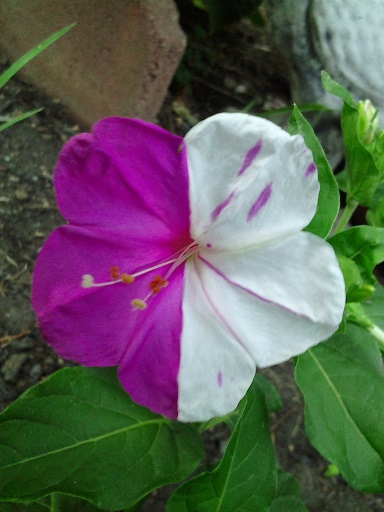UNITED STATES—What happened with the tomatoes?! In past years, they were inhibited by mild summer weather. This year, they had plenty of warmth, but did not seem to perform much better. Perhaps they wanted more humidity. Now that those that started slowly are starting to produce better, they do not have much time left before warm summer weather gets cooler towards autumn.
Eventually, cool season vegetables will move into the garden. Seed for the earliest beets and chard may have already been sown directly into the garden. Subsequent phases of beet seed can be sown every three weeks or so until about a month prior to the return of warm season vegetables at the end of winter. Each subsequent phase should begin to produce at about the time that the previous phase gets depleted.
Unlike beet roots that get pulled up completely when harvested, chard produces foliage for quite a while, so it is often planted only once. A second phase added sometime in winter may prolong production into late spring. However, by the time the first phase actually finishes, there will be plenty of warm season greens to grow. Because only a few chard plants are enough, they do not need to be grown from directly sown seed, but can alternatively be grown from cell-pack seedlings purchased from a nursery.
Cell-pack seedlings are actually often more practical than seed is for broccoli, cauliflower, cabbage and some heading lettuces. Seedlings get growing faster, so are less likely to get eaten by pests as they germinate. A cell-pack of seedlings does not cost much more than an envelope of seed, but contains about as many plants as one garden needs.
Carrots, radishes, peas, spinach and leafy lettuces should be grown from directly sown seed because so many individual plants of each variety are needed for adequate production. Besides, carrots and radishes are roots that get disfigured if initially confined to cell-packs; and peas have very sensitive roots that do not like to be transplanted. Seed for leafy lettuces grown for ‘baby greens’ can be sown densely because leaves get plucked through the season, without getting very large.
There are three options for growing onions. Seed is practical, but takes a while, and can be the riskiest option for large bulbing onions. Onion sets are tiny onions that grew from seed last year, and only need to be grown another year for plump mature bulbs. They will grow as green onions if planted deeply and harvested early. Crowded cell-pack seedlings grow into tight clumps of disfigured onions, but can be separated and grown into well formed individual onions.
Highlight: Four o’clock
Not only does it start to bloom late in summer, but as the name implies, four o’clock, Mirabilis
jalapa, blooms late in the afternoon to attract nocturnal moths for pollination overnight. By morning, the white, yellow, variable pink or rarely pastel orange flowers are closed, and their yummy fragrance is gone. Individual flowers often display irregular stripes or blotches of alternate colors, and can be divided into zones that are shaped like slices out of a pizza. Plants get nearly three feet high, but then die to the ground with the first frost. They regenerate from big tuberous roots as winter ends, and can seed profusely.






